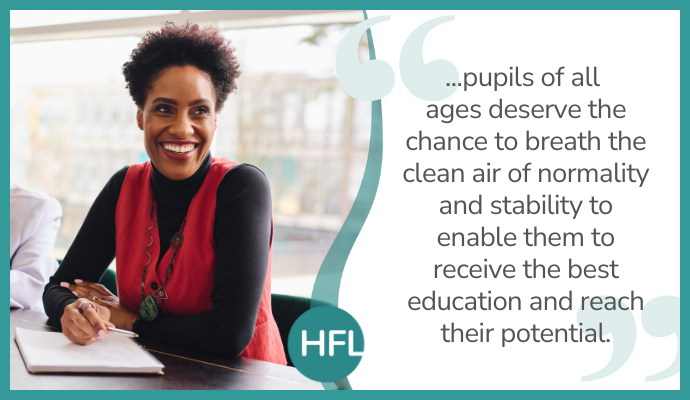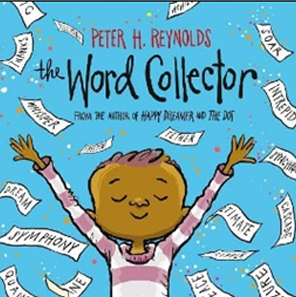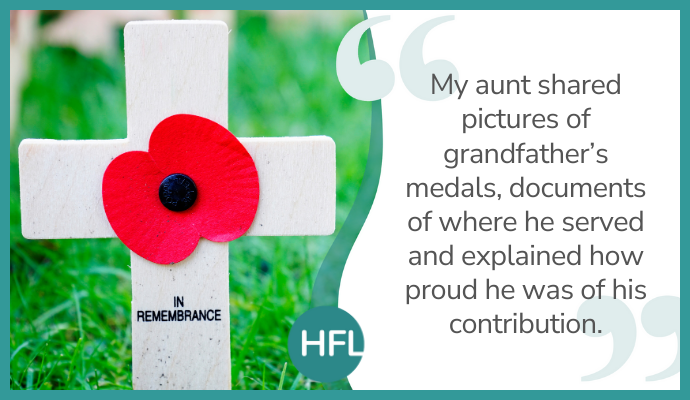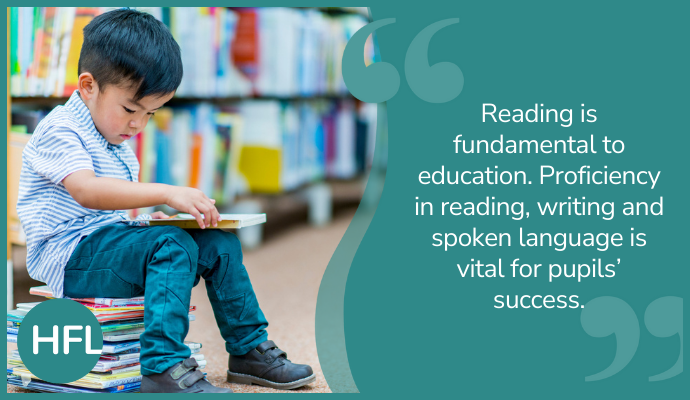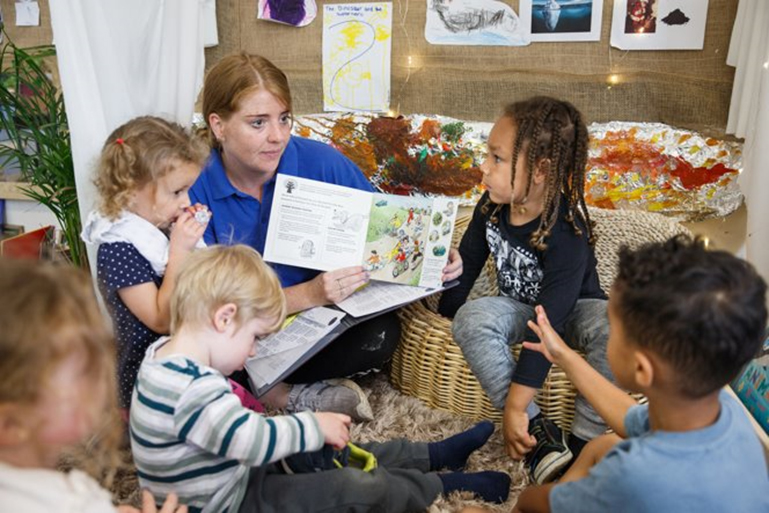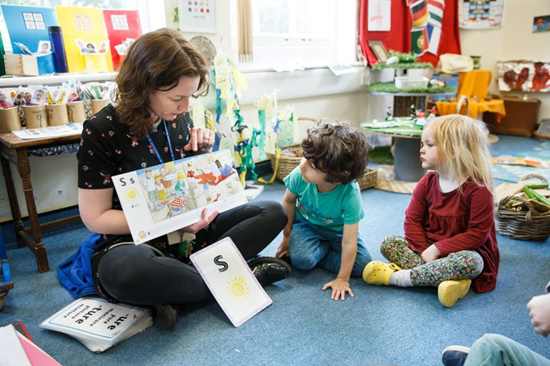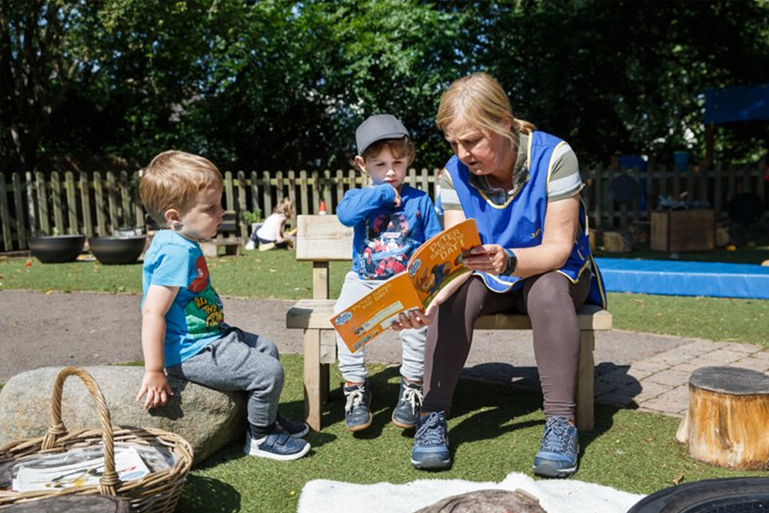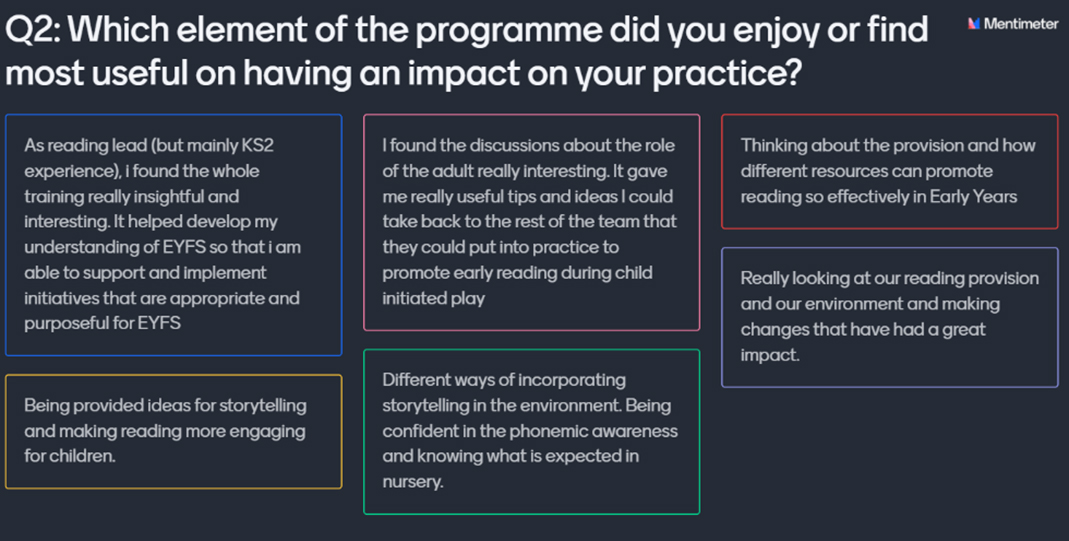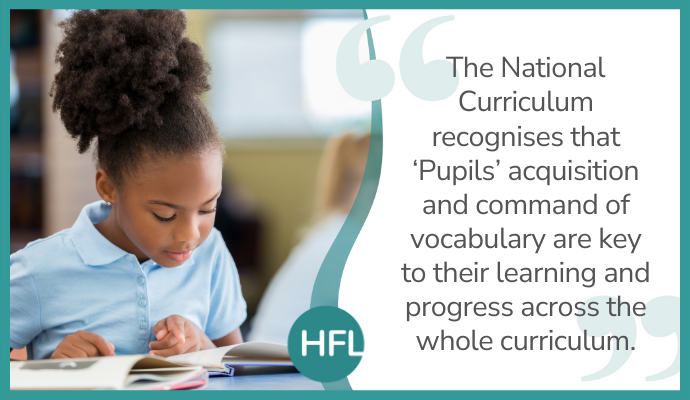International Day of Girls and Women in Science – 11th February 2023

Encouraging women into STEM subjects is not a new topic for conversation. It is surprising then that women are still underrepresented in the fields of science, technology, engineering and mathematics. They represent only slightly higher than 35% of the world’s STEM graduates. This then leads to women being a minority in scientific research and development, making up less than a third of the world’s researchers (UN 2020, ‘The World’s Women 2020: Trends and Statistics’).
Is a career in STEM appropriate for all girls – of course not. However, it is important that the next game changer or problem solver is not overlooked. Interest and curiosity in all children should be nurtured from a young age so that everyone can realise their potential. Therefore, there has never been a greater need to promote the contribution of Women in STEM subjects.
Four reasons why there should be more women in STEM careers.
- According to the UK Commission for Employment & Skills, 43% of science, technology, engineering and maths (STEM) vacancies are hard to fill. This is mainly down to a shortage of applicants with the required skills and experience. By overlooking 50% of the population, we miss vital creativity and innovations. Including women gives them an opportunity to shape the future.
- Female and male perspectives should be considered when developing products, this ultimately results in the design of better products. Innovation comes from having diverse groups of people working together each with their own experience and knowledge. Siobhan Stuart our primary science adviser spent 2 years working as a volunteer police officer and wishes a female perspective had been considered when designing the bullet-proof vests that police constables wear. Although advances may now have been made in the shape and structure of vests, at that time, everyone wore the same style – man or woman.
- More women in STEM roles would provide more role models for the next generation. Kayisha Payne is the founder of Black British Professionals in STEM and a Chemical engineering process engineer at Astra Zeneca. She says, “When you don’t see yourself represented in an industry it is extremely difficult to believe there is a place for you.”
- Gender stereotypes should not dictate the outcome of a woman’s career potential or direction. There are many well paid jobs in STEM careers, why shouldn’t women have access to a stimulating, interesting career that is well paid?
It’s not all bad news – in 2019 participation from girls overtook boys in science A level subjects (although not in Physics). Here come the girls – Girls overtake boys in science exam entries in 2019 (cambridgeassessment.org.uk). There has been great improvement in increasing the number of women in the pipeline and hopefully one day this will be reflected in the workplace. Women make up roughly 50% of the world’s population – if they are not represented at this percentage in STEM careers, then there will be times when the needs and interests of women will not be met. We should not be dreaming of a better future but be determined to play our part in making it a reality. What will you do?

How can schools encourage more girls into STEM?
Here are our top tips for ways that primary and secondary science education can highlight the possibility of a STEM career for girls.
Participate in events
Stemettes
A social enterprise charity supporting ages 5-25, showing the next generation that girls do Science, Technology, Engineering & Maths (STEM) too at our free, fun, food-filled experiences. They run intersectional programmes, impactful events and inspirational content platforms:
CREST awards
There are six CREST Award levels. To choose the right one, consider the age and ability of your students and the time they have available to do the Award:
Evaluate your curriculum
How many scientific discoveries by women do you cover in your Science and Careers curriculum? Can you specifically identify areas to include more role models?
- Maria Sibylla Merian, Entomologist and Artist (1647–1717) when teaching Animals Including Humans and Living Things and Their Habitats
- Caroline Herschel, Astronomer (1750–1848) when teaching Earth and Space in Year 5
- Mary Anning, Paleontologist (1799–1847) when teaching rocks in Year 3 or Evolution in Year 6
- Lise Meitner, Physicist (1878–1968) when teaching Earth and Space in Year 5
- Bessie Coleman, Aviator (1892–1926) when teaching force in Year 5
- Alice Ball, Chemist (1892–1916) when teaching Properties and Changes of Materials in Year 5
- Rachel Carson, Marine Biologist and Conservationist (1907–1964) when teaching Animals Including Humans
- Patricia Bath, Ophthalmologist and Inventor (1942– ) when teaching Light in Year 6
- Mae Jemison, Astronaut (1956– ) when teaching Earth and Space in Year 5
You can find more information about some of them here: 16 Wonderful Women Scientists to Inspire Your Students - We Are Teachers

Staff CPD
Cambridge Assessment Network and Research Podcast
Supporting women and girls in science education | Cambridge Assessment
Institute of Physics
What we're doing to address gender imbalance in physics | Institute of Physics (iop.org)
ASE
The Association for Science Education: Engaging children with science: A 'science capital' approach
UWE Bristol Education Blog
Blog: Practical steps to build science capital in the classroom
Science Capital moves beyond the expense of taking our children to museums and paying for science camps to simply exploring their world and asking questions that they investigate and attempt to answer.
Organise a trip
The Science Museum in London
The Science Museum has an exhibition about Women in Science – Women in Science | Science Museum. They also have a number of online resources and examples to look at.
The National Trust list
50 Things to do before you’re 11 ¾ now has a new initiative through Local Authorities to get our Under 5s out. Get them out, get them exploring and get them asking questions! 50 things to do before you're 11¾ | Visit | National Trust
Books to have in your library
Fantastically Great Women scientists and their stories
Women in Science: 50 fearless pioneers who changed the world
There are many toys, books and activities that really allow children to engage with their natural curiosities:
- Official GoldieBlox Store – Coding, Youtube streaming shows, Goldieblox toys, Daily DIY’s, Downloadables and loads more
- Magnetic toys (magna-tiles)
- Den building
- Lego, sticklebricks, K*Nex, marble runs
- STEM kits
- Coding activities
- Making rockets, kites
- Simple chemistry (growing crystals, vinegar and baking soda, mentos and coke)
- Snap circuits
Put up a display
Smashing Stereotypes
‘Smashing Stereotypes‘ is a collection of over 30 stories from individuals and teams that challenge long-standing stereotypes, with the aim of encouraging more young people, from all backgrounds, to see themselves as scientists:
Smashing Stereotypes - British Science Week
A Mighty Girl Website
This is incredibly encouraging to girls in countless ways and currently has a number of free posters celebrating mighty women in science:
Free Posters Celebrating Mighty Women in Science | A Mighty Girl
Its not all bad news – in 2019 participation from girls overtook boys in science A level subjects (although not in Physics). Here come the girls – Girls overtake boys in science exam entries in 2019 (cambridgeassessment.org.uk). There has been great improvement in increasing the number of women in the pipeline and hopefully one day this will be reflected in the workplace. Women make up roughly 50% of the world’s population – if they are not represented at this percentage in STEM careers, then there will be times when the needs and interests of women will not be met. We should not be dreaming of a better future but be determined to play our part in making it a reality. What will you do?
Blog authored by Siobhan Stuart and Anna Mapley.
